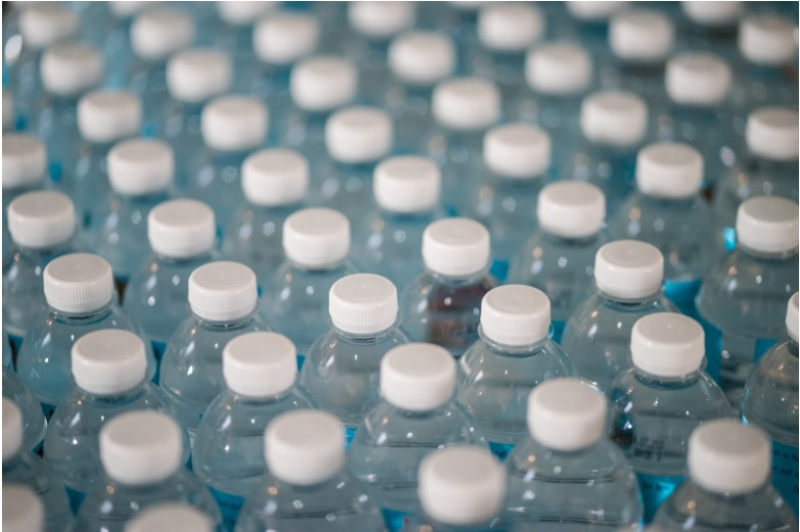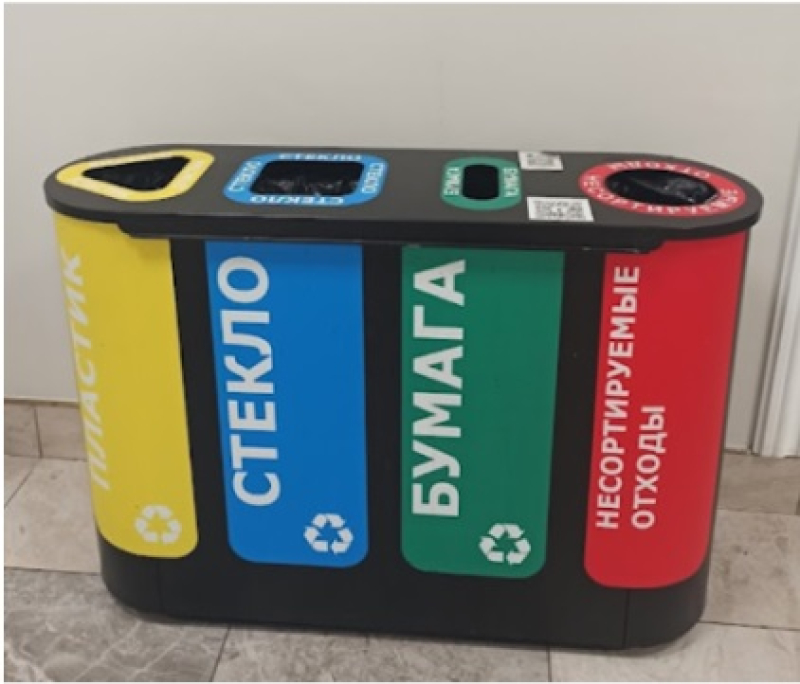PhD student, Faculty of Biotechnologies
Modern Food Packaging
FoodTech is the introduction of new technologies at all stages of the product life cycle, and one of them is packaging. What trends are there in this area?

Smart packaging is packaging that has a targeted effect on a product, changing its properties in the desired direction, for example, extending its shelf life. To this aim, it may include antibacterial additives to prevent the development of microorganisms. Even paper packaging can be made bactericidal, which in this case is also environmentally friendly. Or the gaseous environment inside the package may differ in composition from the atmosphere — also to suppress the growth of unwanted microorganisms — this is how vegetables and fruit, meat and bakery products are packaged.
Another feature of smart packaging is the ability to perform some of the tasks that were previously done by consumers. For example, it not only indicates the release date of the product, but the packaging itself signals the expiration date by changing its color. To achieve this, sensors and sensing mechanisms may be included in the packaging. If the product needs to be heated, for example in a microwave oven, the packaging will change color when the product is heated to the desired temperature.
Another smart packaging technology is the application of QR codes. By scanning the QR code, the buyer can immediately find out the origin of the product and its components, distinguish organic products from the rest, or download healthy recipes containing this product. In 2017, the Russian Federation introduced the Honest Sign (Chestnyy Znak) program, which includes more than 15 product categories. These include dairy products, bottled water, soft and low-alcohol drinks, medications, and dietary supplements. Digital labeling helps combat counterfeit and expired products.
An interesting trend in the world of packaging is edible packaging. It consists of completely edible materials: starch, gelatin, proteins, fats. There are edible packaging films made from fruit and vegetable purees. All these substances are completely safe for the body, some of them have nutritional value or even have beneficial properties. Such packaging can take many different shapes: trays, jars, plates, cups. This packaging can also be microwaved; when heated, it becomes part of the product.
In recent years, the concept of "overpacking" has emerged — an excessive amount of packaging or decorative elements on it. Decorative elements are usually made from non-eco-friendly materials that cannot be recycled and sometimes cannot be separated from the packaging itself. For example, a bottle made of recyclable plastic may be covered with a non-recyclable shrink film, which is very difficult to remove from it. Multilayer, combined packaging is especially difficult to recycle: doypacks, blisters, foil and laminated cardboard, or packaging with transparent windows. All these are combinations of several materials: polymers of different compositions, foil, paper.
Eco-friendly packaging has minimal impact on the environment throughout its existence — from production to disposal. Eco-friendly packaging can be reusable, recyclable, or biodegradable. Reusable packaging is used several times and then disposed of or recycled. In the food industry, reusable packaging includes plastic bags and containers, as well as shipping containers. Such packaging is usually made of plastic. Even disposable packaging can be washed and reused.
How long will it take for plastic packaging left in the natural environment to completely decompose? There are conflicting data on this matter: 100, 200, or 500 years. First of all, it depends on the composition of the package. The decay time for a specific type of plastic can be determined in laboratory conditions. This is done using an accelerated method (it is not necessary to wait 500 years). But the decay time also depends on external conditions: temperature, humidity, the presence of sunlight and microorganisms. According to the United Nations, different types of plastic take from 20 to 500 years to decompose, but most often they simply break down into small particles — microplastics. Also, according to the UN, more than 8 billion tons have been produced since the humanity has started to use plastic.
Recyclable packaging is used one or more times before recycling, and the recycling itself can also be repeated multiple times. Glass and metal can be recycled an unlimited number of times. Glass jars and bottles, tin cans and aluminum cans are suitable for food and beverage packaging. Another common packaging material is PET (polyethylene terephthalate). Bottles and containers of any shape and size are made from it. PET packaging is lightweight, durable, and protects food and drinks from oxygen and ultraviolet radiation. Other plastics marked 1, 2, 5 are also recyclable. Paper and cardboard packaging can be recycled many times — on average 5−7 times. Cardboard made from recycled waste paper — pulperboard — is also used for food packaging. Many people believe that paper packaging is more environmentally friendly than plastic, but this is not always the case. It is necessary to consider how much waste is generated during their production. Making paper bags requires more wood, water, and energy than plastic bags.

Biodegradable packaging breaks down into natural materials after use (it's ordinarily disposable). Oxo-biodegradable packaging breaks down when exposed to oxygen — in a landfill, in soil, or in water. These are various plastics (polyethylene, polypropylene) with special additives; they have different decay times depending on the composition. Oxo-biodegradable packaging is completely safe in contact with food. Sometimes it also includes antimicrobial additives. Hydrobiodegradable or compostable packaging is made from organic raw materials — vegetable and fruit waste, mushrooms, or algae. At the same time, a lot of raw materials are required, and production is labor-intensive and costly. Hydrobiodegradable packaging will not decompose in a regular landfill; it must be composted at 60−70 degrees and in high humidity. When such packaging breaks down, methane, a greenhouse gas, may be released. Therefore, such packaging can hardly be called truly environmentally friendly. There are also biodegradable plastics, but not all of them are truly eco-friendly. Some of them do not completely collapse, but break down into small particles — microplastics, which in themselves are dangerous for the environment.
Consumer choices can influence how products are packaged. When shopping in stores, customers are increasingly paying attention to the environmental friendliness of packaging and thereby contributing to environmental protection. If excess and decorative packaging is intended to attract the consumer, then changes in consumer preferences can influence this towards choosing packaging, made from recyclable or renewable materials.
